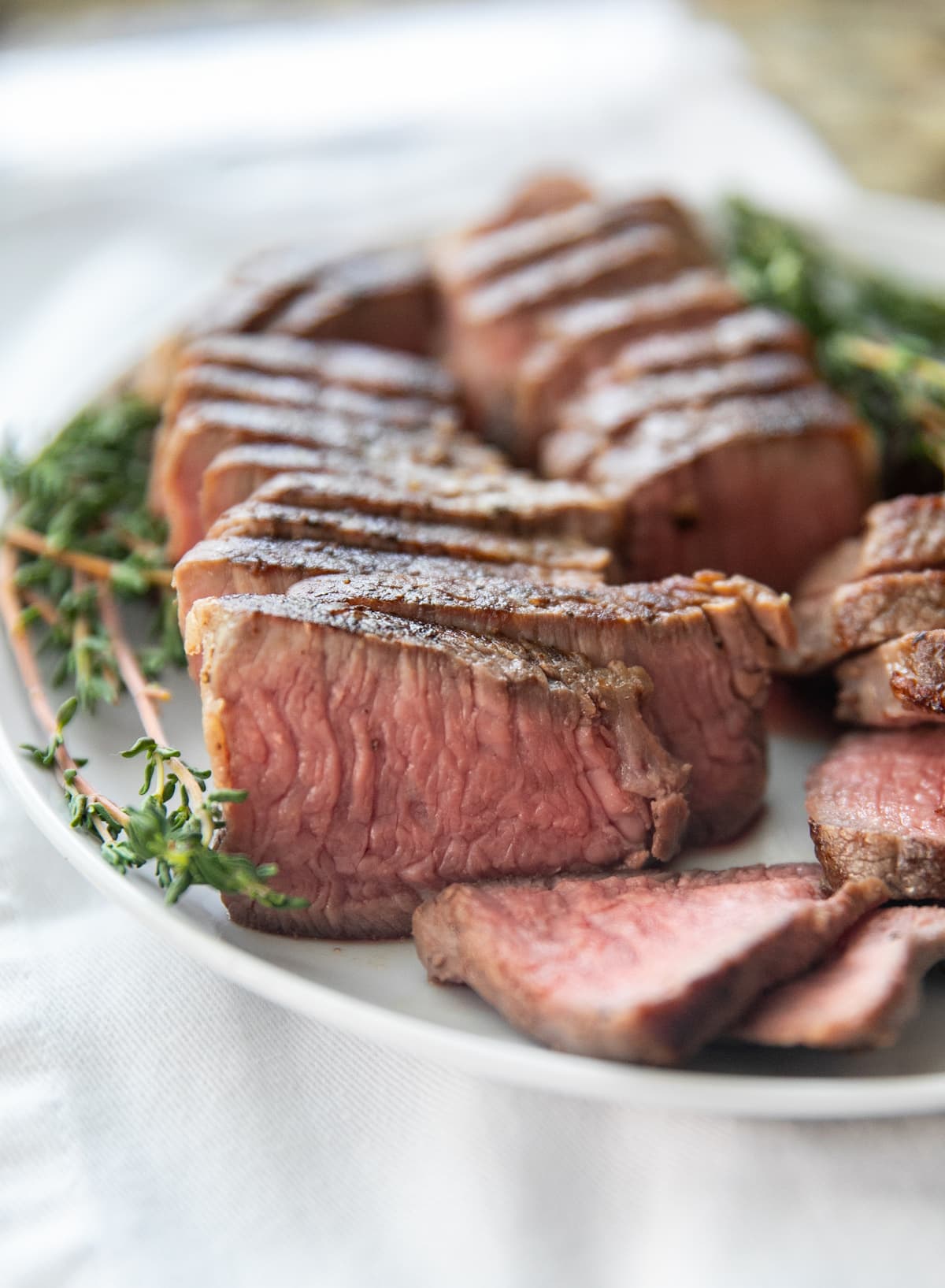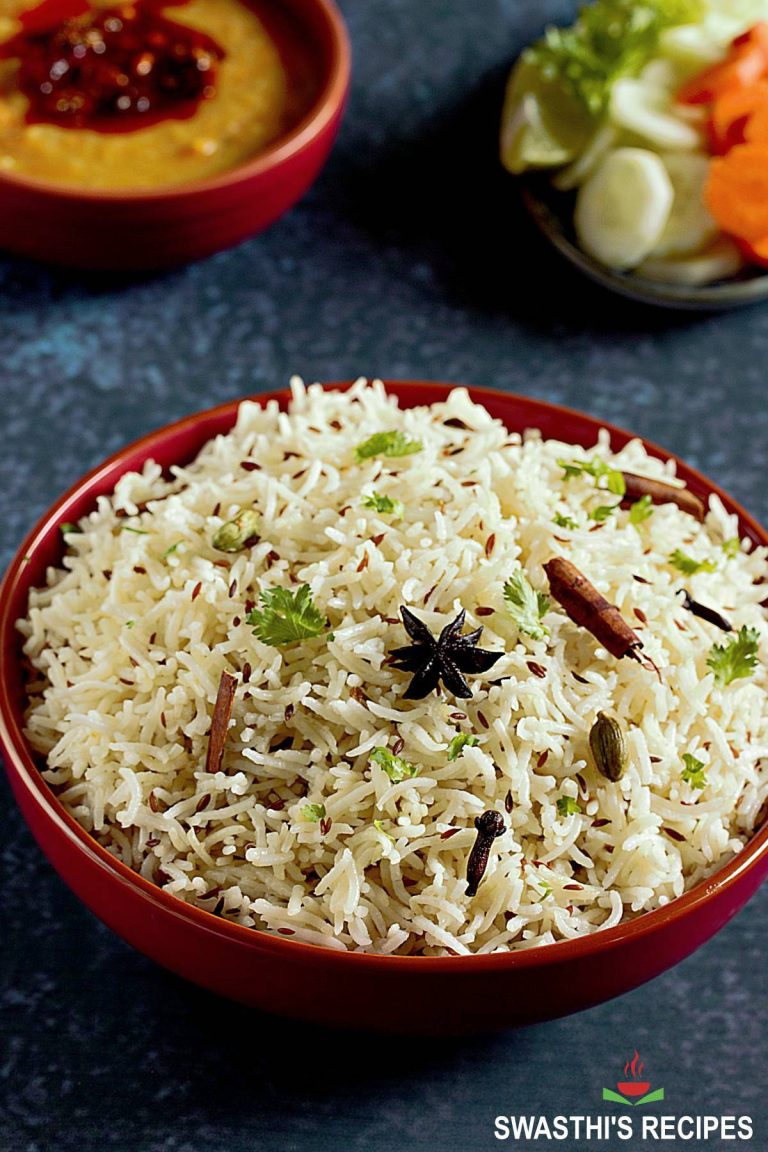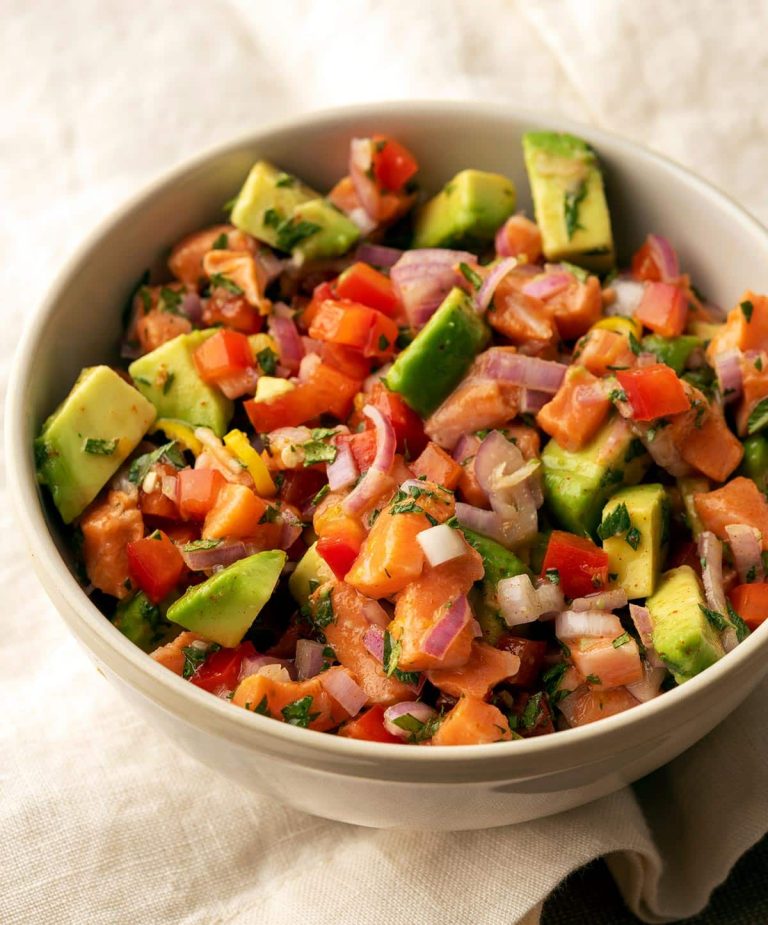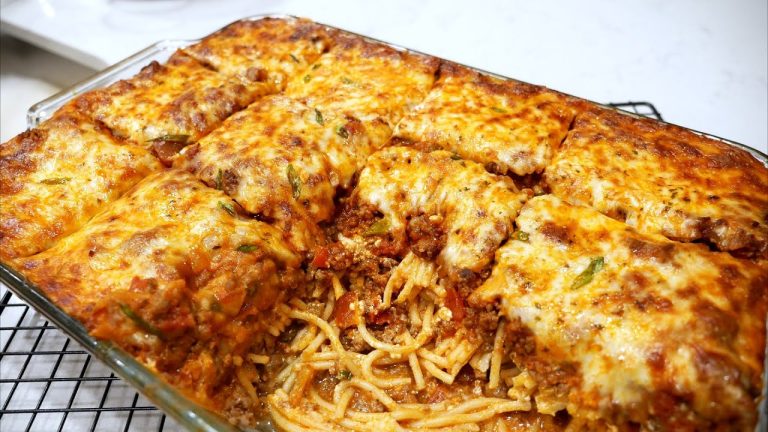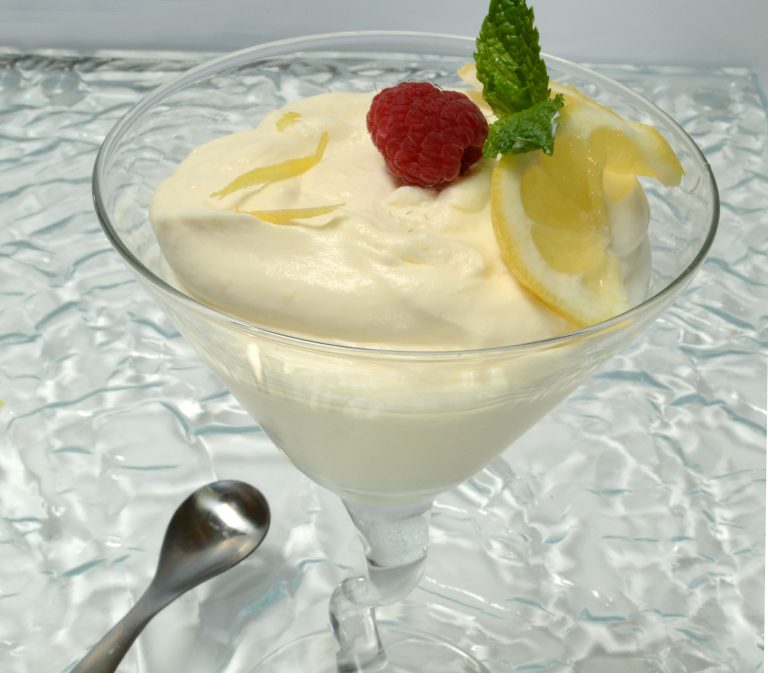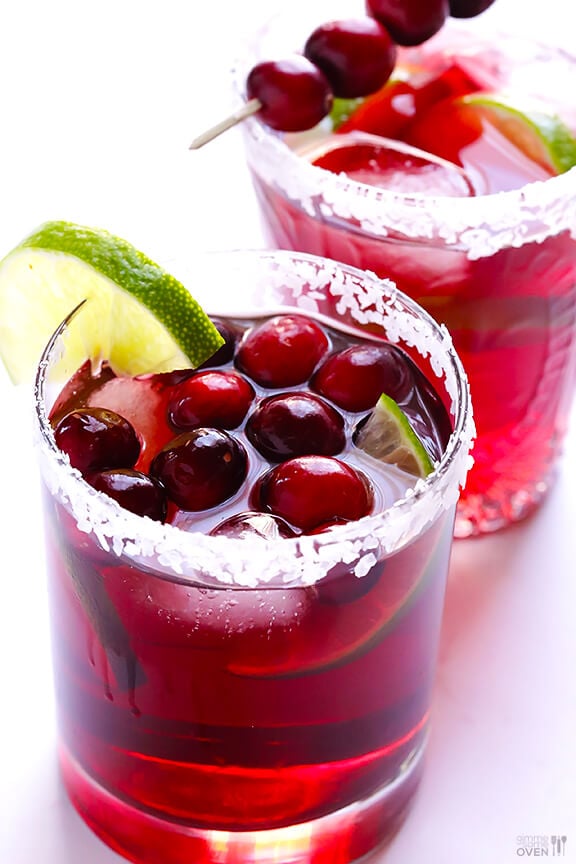Sous Vide Steak: From Perfect Cuts to Flavorful Finishes
Sous vide, French for “under vacuum,” involves sealing food in a vacuum-sealed bag, then cooking it in a water bath at a precise temperature. The water bath keeps the temperature consistent, ensuring the food cooks evenly. This method eliminates the risk of overcooking or undercooking, providing perfect results every time. Sous vide cooking stands out for its ability to control temperature accurately, maintaining the desired doneness throughout the cooking process.
Benefits of Sous Vide for Steak
Sous vide offers several benefits for steak. First, it ensures even cooking, with the steak remaining consistently cooked from edge to edge. Traditional methods can often result in a gradient of doneness, but sous vide eliminates this issue. Second, it retains juices and flavors, sealing them inside the bag, which enhances the taste. Third, sous vide is flexible, allowing you to cook steaks ahead of time and sear them just before serving for a perfect crust. Fourth, it reduces stress, especially when cooking multiple steaks, as precise temperature control equals less monitoring. Lastly, sous vide cooking can enhance tenderness, as the slow, precise cooking breaks down tough muscle fibers without losing moisture.
Preparing a Sous Vide Steak
Choosing the Right Cut
Selecting the right cut is essential for a delicious sous vide steak. Cuts like ribeye, strip steak, and tenderloin are ideal because of their marbling and tenderness. Ribeye provides great flavor due to its fat content. Strip steak offers a good balance of flavor and tenderness. Tenderloin, though leaner, yields a soft texture when cooked sous vide. Less tender cuts, such as flank steak or skirt steak, also become flavorful and tender with longer sous vide cooking times. Sourcing high-quality meat enhances the final dish.
Necessary Equipment for Sous Vide Cooking
Sous vide cooking requires specific equipment for best results. An immersion circulator regulates water temperature to a precise degree. Vacuum sealers remove air from bags, ensuring even cooking. Alternatively, ziplock bags using the water displacement method work well for shorter cook times. A large container or pot serves as the cooking vessel. If searing the steak after sous vide, a high-quality skillet or grill is essential for a perfect crust. A reliable meat thermometer checks internal temperatures for doneness before and after searing.
Seasoning and Preparations
Marinades and Rubs
Effective marinades and rubs elevate your sous vide steak’s flavor profile. Use a marinade if you prefer tenderizing the cut, infusing flavors, or adding moisture. Choose combinations like soy sauce, garlic, and ginger for an Asian touch, or olive oil, rosemary, and lemon for a Mediterranean twist. Marinades should be made primarily of oil, acid, and seasoning. Rubs are dry mixtures of spices and herbs applied directly to the meat. Use bold spices like chili powder, smoked paprika, and black pepper for a robust taste. Allow your steak to rest with the marinade or rub for at least 1 hour before vacuum-sealing to maximize flavor.
Vacuum Sealing Techniques
Proper vacuum sealing is crucial for sous vide preparation. Start by placing your seasoned steak in a vacuum seal bag. Arrange the steak in a single layer to ensure even cooking. Add aromatics like garlic cloves, thyme sprigs, or pats of butter directly into the bag for additional layers of flavor. Use a vacuum sealer to remove all air from the bag, creating a tight seal that keeps the steak in direct contact with the water bath. If using zip-lock bags, employ the water displacement method by submerging the bag in water to push out air before sealing it. Check the seal, ensuring no leaks that could compromise the cooking process.
The Cooking Process
Temperature and Timing Guide
Temperature control is crucial for sous vide steak. Different doneness levels require specific temperatures. For rare steak (120°F-128°F), cook for 1-2 hours. For medium-rare (129°F-135°F), maintain temperature for 1-2 hours. For medium (136°F-145°F), cook for 1-2 hours. For medium-well (146°F-155°F), keep it in the bath for 1-3 hours. For well-done (156°F-165°F), cook for 1-3 hours. These times ensure the steak reaches the desired level of doneness while retaining moisture and tenderness. Reliable sources like Serious Eats or America’s Test Kitchen provide guides to confirm these specifics.
Tips for Consistency and Safety
Ensure the water bath stays at a constant temperature throughout cooking. Use an immersion circulator and monitor the water level to avoid fluctuations. Arrange the steak in one layer, ensuring even exposure to the heated water. If cooking multiple steaks, make sure they don’t overlap. Submerge the sealed bag in the water bath fully to prevent uneven cooking. For added safety, pasteurize the meat by holding it at its designated temperature for the recommended time, as specified by the USDA. After cooking, sear the steak briefly in a hot pan or with a torch to create a flavorful crust, enhancing both texture and visual appeal.
Finishing Touches
Searing for the Perfect Crust
Searing enhances both texture and flavor. After cooking steak sous vide, pat it dry to remove any excess moisture. Use a paper towel for this step, as it ensures a better sear. Heat a skillet over high heat until it’s almost smoking. Cast iron pans work well for this purpose due to their high heat retention.
Add high smoke point oil like canola or avocado oil to the skillet. Once the oil shimmers, place the steak in the pan. Sear each side for 1-2 minutes. Aim for a nice golden-brown crust. Avoid overcrowding the skillet to ensure even searing.
For added flavor, you can add aromatics like garlic, rosemary, and thyme during the last minute of searing. Tilt the pan and spoon the melted butter over the steak for an evenly distributed flavor.
Resting and Serving
Let the steak rest for 5-10 minutes post-sear. Resting allows juices to redistribute, ensuring each bite remains juicy. Complex proteins reabsorb moisture during this period.
Slice the steak against the grain to maintain tenderness. Serve immediately to enjoy optimum texture and flavor. Pair the steak with sides that complement its rich taste, like roasted vegetables or mashed potatoes.
Consider garnishing with fresh herbs for an added visual appeal and aroma. Adding finishing salts, such as flaky sea salt, can also enhance the steak’s overall flavor profile.
Conclusion
Sous vide steak offers an unparalleled dining experience right in your own kitchen. By mastering this method, you can achieve restaurant-quality results with minimal effort. The precision of sous vide cooking ensures that each steak is perfectly cooked to your desired doneness, tender, and full of flavor.
Investing in the right equipment and paying attention to details like seasoning and temperature control will elevate your steak game. Don’t forget the importance of a good sear to finish your steak with a delicious crust. With these tips and techniques, you’re well on your way to becoming a sous vide steak expert. Enjoy the journey and the mouthwatering results!
